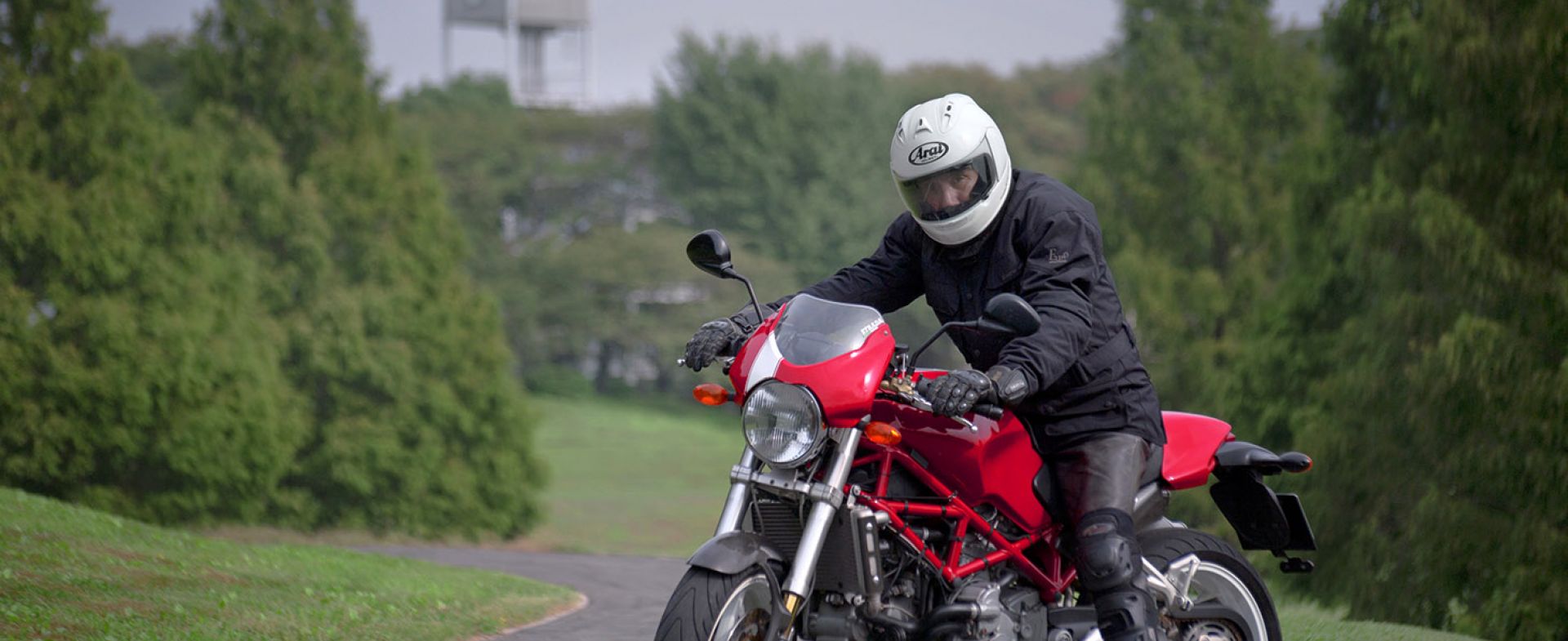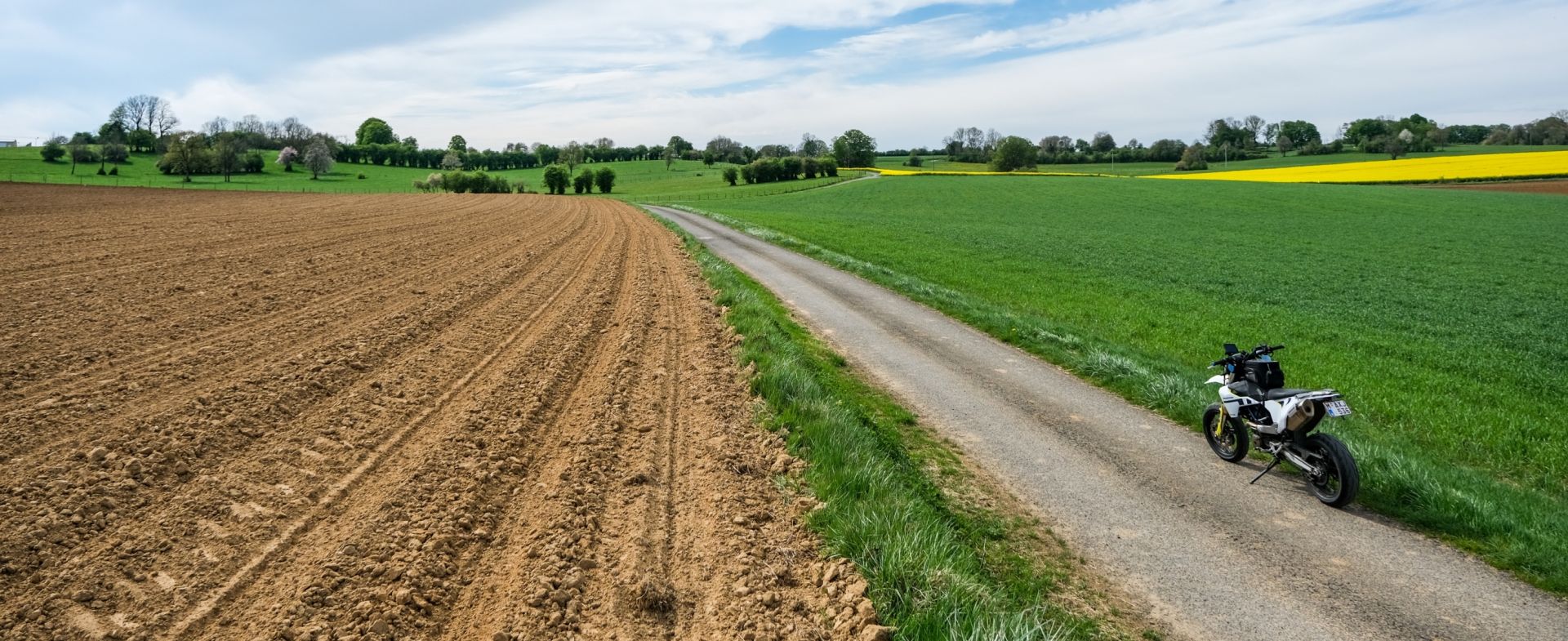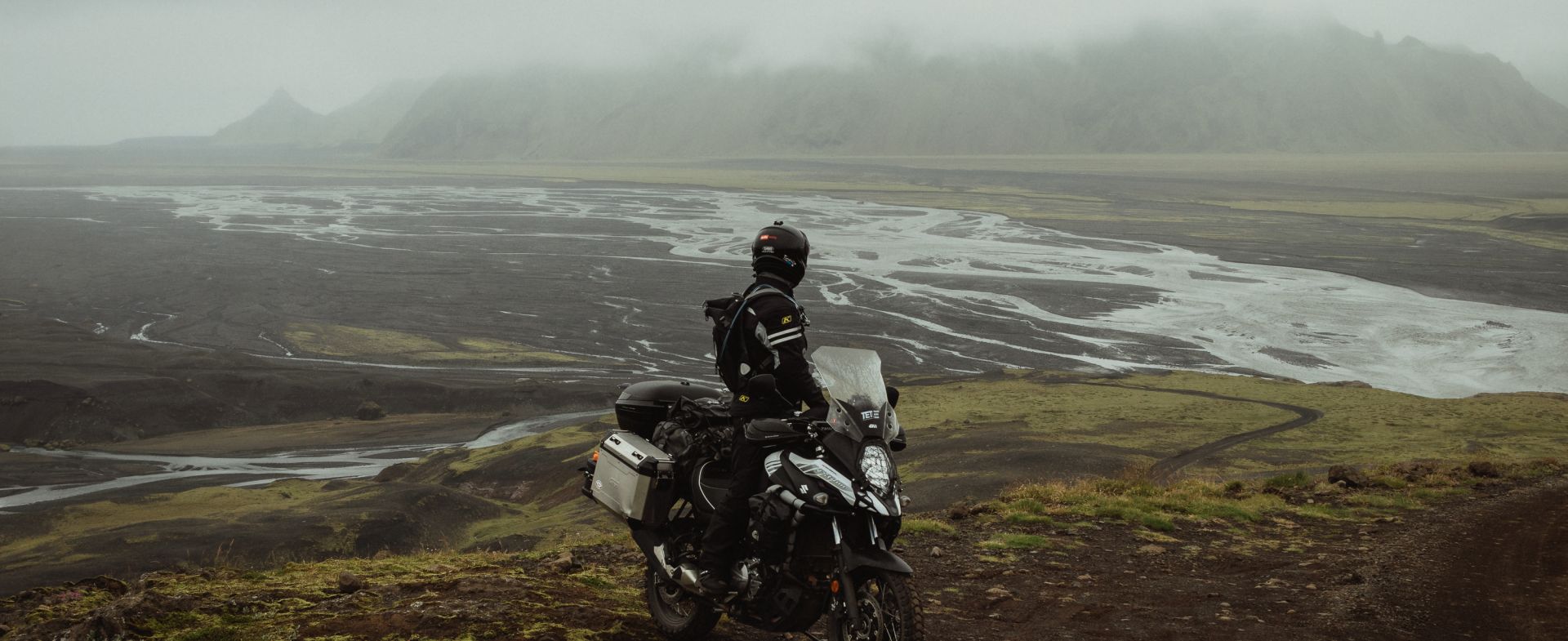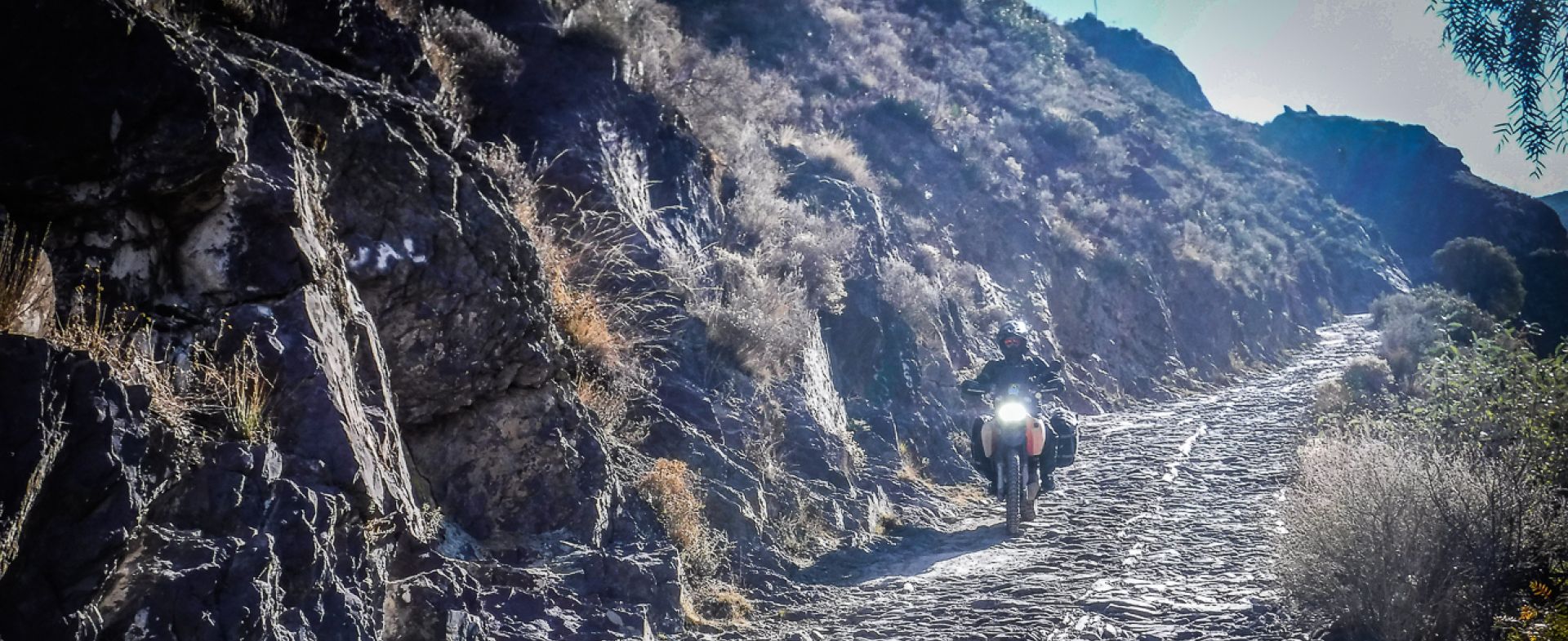There’s a remarkable calmness, steely confidence, and evident joy of life all simultaneously emanating from the unblinking eyes of Mr Michio Arai, President of the world renowned firm since 1986, as he sits across from me in the boardroom of Arai’s Omiya headquarters.
Most 75-year-olds would be working hard to enjoy their retirement, but immaculately suited ‘Mitch’ – as he was dubbed by the Americans while studying in the States in the early Sixties – shows no sign of stepping down, or slowing down.
“I don’t ever want to hear someone’s family say ‘If only he’d been wearing a different helmet’ about an Arai. What we do is a great privilege, and we must strive to provide protection above all else,” he says. It’s a mantra repeated by every member of staff I meet in my two days at the factory.
As the firm rapidly developed in the late 1960s and early ’70s, Michio Arai used his race contacts to establish their first ‘factory rider’, Skip Aksland, a vocal young American who tested the firm’s early Styrofoam-lined helmets to destruction. But he kept getting up after every crash, providing the globally emerging Arai brand with a walking, and loud talking, brand ambassador.











